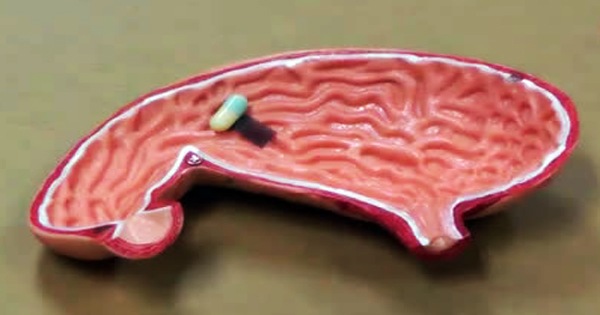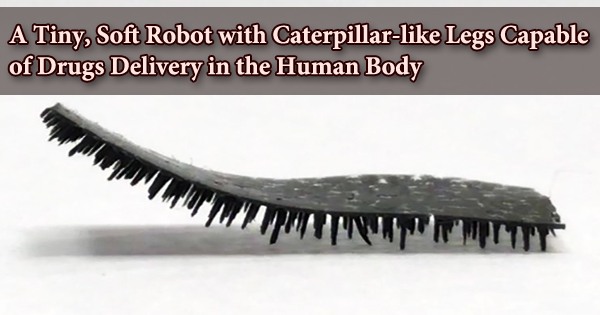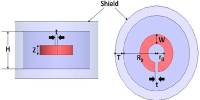City University of Hong Kong (CityU) researchers have created a tiny, soft robot with caterpillar-like legs that can transport large loads and adapt to harsh conditions. This mini delivery robot might pave the path for advancements in medical technology, such as medication administration in the human body. The nimble milli-robot can leap more than ten times its leg length. The robot can travel effectively through surfaces in the body lined with, or completely immersed in, bodily fluids such as blood or mucus, thanks to its multi-leg design, which helps decrease friction.
Soft milli-robots have been the subject of research all around the world. However, the CityU’s innovative design considerably decreases friction, allowing the robot to travel effectively through body surfaces that are lined with, or completely submerged in, bodily fluids such as blood or mucus. The result of the research was published in the journal Nature Communications in the article “A Bio-inspired Multilegged Soft Millirobot that Functions in Both Dry and Wet Conditions.”
The hundreds of less than 1 mm long pointed legs that resemble short microscopic hair distinguish this milli-robot. This one-of-a-kind design was not chosen at random. The researchers looked at the limb architecture of hundreds of ground animals, including those with two, four, eight, or more legs, focusing on the ratio between leg length and leg gap. They received their inspiration from there. “Most animals have a leg-length to the leg-gap ratio of 2:1 to 1:1. So we decided to create our robot using the 1:1 proportion,” explains Dr. Shen Yajing, Assistant Professor at CityU’s Department of Biomedical Engineering (BME), who led the research.

The robot contains hundreds of tiny hair-like pointed legs that are less than 1 mm long. As a result, the contact area and hence friction with the surface are substantially reduced. In both wet and dry conditions, laboratory studies demonstrate that the multi-legged robot has 40 times less friction than a limbless robot. Another important element is the materials. The robot is made of polydimethylsiloxane (PDMS), a silicon substance studded with magnetic particles that allows it to be operated remotely via electromagnetic force.
The robot’s body is around 0.15 mm thick, with each conical leg measuring 0.65 mm long and the space between the legs measuring about 0.6 mm, resulting in a leg-length-to-gap ratio of about 1:1. Furthermore, the robot’s pointed legs have reduced the contact area of the robot’s legs with the surface, reducing friction. “Both the materials and the multi-leg design greatly improve the robot’s hydrophobic property. And the rubbery piece is soft and can be cut easily to form robots of various shapes and sizes for different applications,” said Professor Wang Zuankai, from CityU’s Department of Mechanical Engineering (MNE), who conceived of this research idea and initiated the collaboration among the researchers.
The robot, which was controlled by a magnetic manipulator in the trials, can move in both a flap propulsion pattern and an inverted pendulum pattern, which means it can flap ahead and swing forward by standing on the left and right foot alternately to progress.
“The rugged surface and changing texture of different tissues inside the human body make transportation challenging. Our multi-legged robot shows an impressive performance in various terrains and hence open wide applications for drug delivery inside the body,” says Professor Wang.
Even when confronted with an impediment ten times its leg length, the robot’s flexible soft legs can effortlessly hop over it. The robot also has exceptional loading capabilities. It can handle a burden 100 times its own weight, which is equal to a human effortlessly lifting a 26-seat minivan, according to laboratory testing. The researchers also demonstrated that while negotiating an obstacle ten times higher than its leg length, the robot’s flexible soft legs can raise one end of its body to make an angle of up to 90 degrees, allowing it to effortlessly pass the barrier. In addition, by raising the applied electromagnetic frequency, the robot may improve its speed.
“The amazingly strong carrying capability, efficient locomotion and good obstacle-crossing ability make this milli-robot extremely suitable for applications in a harsh environment, for example delivering a drug to a designated spot through the digestive system, or carrying out medical inspection,” adds Dr. Shen.
The research teams will further improve and enhance their research in three areas before performing further experiments on animals and, eventually, humans: discovering a biodegradable material, exploring new forms, and adding further characteristics.
“We are hoping to create a biodegradable robot in the next two to three years so it will decompose naturally after its meds delivery mission,” says Dr. Shen.
Information Sources:















